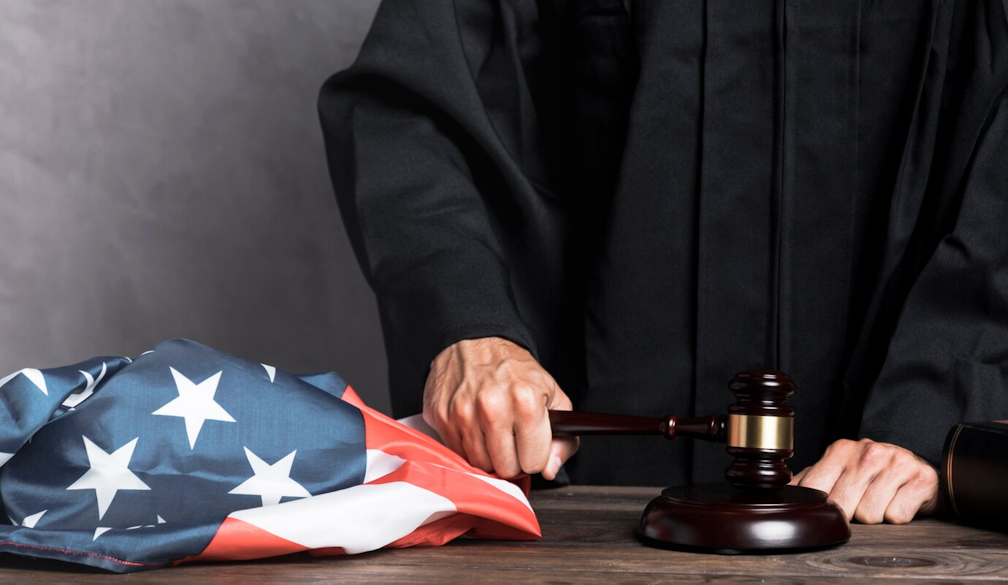Little Red Book: Your Lunar New Year Marketing Map

This Lunar New Year, navigate the vibrant terrain of Chinese consumer engagement with Little Red Book, your compass to cultural relevance and brand prosperity.
Why Little Red Book?
It's an ecosystem, not just a platform. Think user reviews meet curated trends, all sprinkled with influencer magic. Consumers discover, share, and buy, guided by trusted KOLs (Key Opinion Leaders). During the Lunar New Year, this digital village buzzes with festive fervour, ready to be tapped into.
Charting Your Course
Lunar New Year's not just about sales – it's about family, traditions, and shared joy. Leverage Little Red Book's KOLs to seamlessly weave your brand into this tapestry. Think authentic recipe collaborations, inspiring fashion tips for family reunions, or heartwarming glimpses into their celebrations. Remember, cultural sensitivity is your guiding star.
Finding Your Crew
Choose KOLs who embody your brand values and resonate with the Lunar New Year spirit. They become your trusted voice, shaping not just buying decisions, but hearts and minds.
Visual Storytelling FTW
Food, decorations, happy faces – Lunar New Year is a visual feast! Captivate audiences with stunning photos and videos that capture the season's essence. Think vibrant colors, traditional themes, and a touch of personal flair. Remember, authenticity trumps perfection.
Red Envelopes and FOMO
Digital red packets, symbols of good luck, are a Little Red Book phenomenon. Offer limited-edition products, exclusive deals, and special Lunar New Year giveaways to create excitement and a sense of urgency. Don't let users miss out – keep them glued to your content with these festive incentives.
Ephemeral Content = Engagement
Short, disappearing stories add a dash of urgency to your campaign. Capture fleeting moments, behind-the-scenes glimpses, and exclusive sneak peeks. Don't let users miss out – keep them glued to your content with time-sensitive snippets.
Data Drives Decisions
Little Red Book provides real-time insights into what users love. Track engagement, preferences, and trends to adapt your campaign on the fly, ensuring you always hit the right cultural notes.
Lunar New Year on Little Red Book isn't just about selling – it's about joining the celebration. Let KOLs be your storytellers, showcase genuine connections, and celebrate the joy of the season. Trust your compass, navigate the cultural currents, and watch your brand thrive on this unique marketing expedition.







